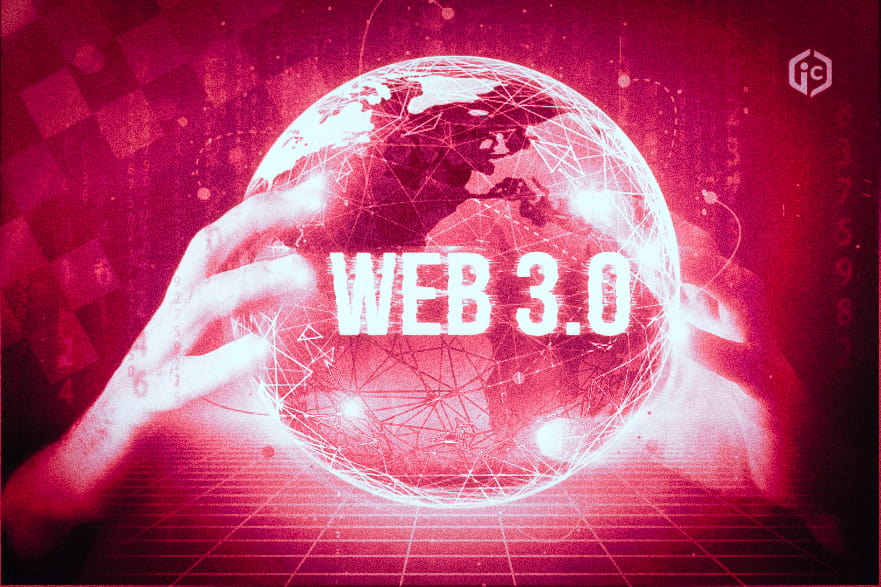
Technological evolution has marked significant milestones throughout history, transforming the way we live, work and relate. In this context, Web3 technology, the pillar behind the construction of Day By Day, emerges as a revolutionary force with the potential to fundamentally reshape the architecture of different industries and, therefore, society as a whole. In this article, we will explore the advantages of Web3 technology and how it can contribute to building a more decentralized and transparent world.
Decentralization: The Pillar of Web3
Decentralization is the fundamental principle of Web3. Unlike the centralized architecture that characterizes the current web, where companies and organizations have significant control over data and services, Web3 relies on technologies such as blockchain to distribute authority and control among all network participants. This decentralization carries several key advantages:
- Greater Security and Censorship Resistance: By decentralizing information on a blockchain, the risk of a single point of failure is eliminated. This makes the network more resistant to attacks and less susceptible to censorship, since there is no single point of control.
- User Ownership and Control: Instead of relying on centralized intermediaries to manage data and transactions, Web3 allows users to have greater control over their personal information. Users can own and authorize access to their own data, empowering them to make decisions about their privacy.
- Cost Reduction and Efficiency: Eliminating intermediaries not only improves security, but also reduces costs associated with commissions and fees. Direct transactions can be carried out more efficiently, benefiting end users.
Transparency and Trust: The Promise of Web3 Technology
Transparency is another essential pillar of Web3 that we take advantage of for the development of Day By Day, and it is achieved through the use of blockchain technology. Every transaction, change or update on the network is immutably recorded in blocks, ensuring integrity and transparency in all interactions.
Let’s look at some advantages associated with this transparency:
- Public Audit: With information stored on a blockchain network, all transactions are visible and verifiable by anyone. This facilitates public auditing and reduces the risk of data corruption or manipulation.
- Smart Contracts: The ability to execute smart contracts, self-executing programs based on predefined rules, adds an additional layer of transparency and trust to transactions. These contracts eliminate the need for intermediaries by automating and guaranteeing compliance with agreements.
- Immutable Record: Each transaction or change is recorded immutably in the blockchain. This feature ensures that information cannot be altered retroactively, providing strong confidence in the integrity of the data.
Practical Applications of Web3 in Society
Web3 technology is not just a theoretical concept; it is already transforming various areas of society. From more inclusive financial systems to secure digital identities and transparent voting systems, Web3 promises to revolutionize the way we interact with and trust technology.
- Decentralized Finance (DeFi): DeFi platforms are redefining the financial industry, enabling transactions without intermediaries and providing services such as lending, exchanges, and asset performance in a decentralized manner.
- Digital Identity: Web3 makes it easy to create secure and verifiable digital identities, allowing users to have full control over who accesses their personal information.
- Transparent Government: The implementation of blockchain-based voting systems can improve the integrity of electoral processes, by guaranteeing the transparency and immutability of the results.
Conclusion
In conclusion, Web3 technology represents a significant step towards a more decentralized and transparent world. Thanks to these features we are developing Day By Day, providing users with the possibility of protecting their assets in a decentralized way. By empowering individuals with control over their data and offering a transparent framework for digital interactions, Web3 has the potential to reshape the way we think about and use technology in society. As this revolution advances, its principles will allow us to explore new possibilities to build a more equitable and inclusive future.
About Day By Day
Day By Day is decentralizing and democratizing the global asset protection industry through Web3. By leveraging emerging technologies, this pioneering platform ushers in a new era of asset protection while delivering hyper-personalized products on demand, safeguarding real-world assets for our clients.
Utilizing Web3 technology, Day By Day has innovatively introduced asset protection contracts through NFTs, offering a compelling real-world use case through tokenization.
For more information:
Twitter – Website – Medium – Discord – Telegram Group – LinkedIn – Facebook
Disclaimer:
This article does not contain financial advice or investment recommendations of any kind. The information provided is offered only for educational and didactic purposes regarding Web3 technology and analysis of its use cases.
Investing with cryptocurrencies, NFTs, tokens or other digital assets carry risks and are not regulated, so readers should do their own research before making any type of decision at their own risk, as well as adapt and observe the different legal regulations depending on their country of residence.
Aviso de responsabilidad:
Este artículo no contiene consejos financieros, ni recomendaciones de inversión de ningún tipo. La información brindada se ofrece sólo con fines educativos y didácticos en cuanto a tecnología Web3 y análisis sobre sus casos de uso.
Las inversiones con criptomonedas, NFTs, tokens u otros activos digitales conllevan riesgos y no se encuentran regulados, por lo que los lectores deben realizar su propia investigación antes de tomar cualquier tipo de decisión bajo su entera responsabilidad, así como adaptarse y observar las diferentes regulaciones legales según su país de residencia.
